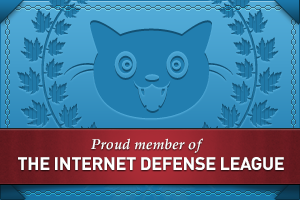Discover Japan and the iconic Odawara Castle are running two sets of online experiences for visitors around the internet to take part in.
“Japanese Castle and Ninja Culture” and “Mindfulness Meditation with Japanese Monk” start in October and will carry on until March. Neither of the events is free.
Japanese Castle and Ninja Culture

You can find more about this event at the officially run Discover Japan site. That’s also how you can reserve your online spot.
Using Zoom, you’ll meet a ninja scholar and historian for a walk around tour of Odawara Castle. During the session, you’ll learn about the role the castle played in Ninja Culture, the techniques used hundreds of years ago and see some traditional tools.
The session is hosted by Hiroshi Jinkawa, a sensei with years of experience. You can book online.
Mindfulness Experience at Odawara Castle

This 90-minute online meditation takes place with a monk at the top of Odawara Castle, outside of the usual hours, so quiet there.
A chance to forget about your daily burdens, you will spend time together with Tomoni Iwayama, a priest from the Ganshuji Temple. You’ll be with people from different backgrounds and all walks of life, virtually.
With Iwayama’s teachings, you may be able to clear your mind and rediscover human potential. Sign-ups are open at Discover Japan.
In Pure Spirit
What do you think about this use of technology and tours of historic Japanese life? A clever way to support the Castle and its courses through a troubled period, or does it feel wrong?




